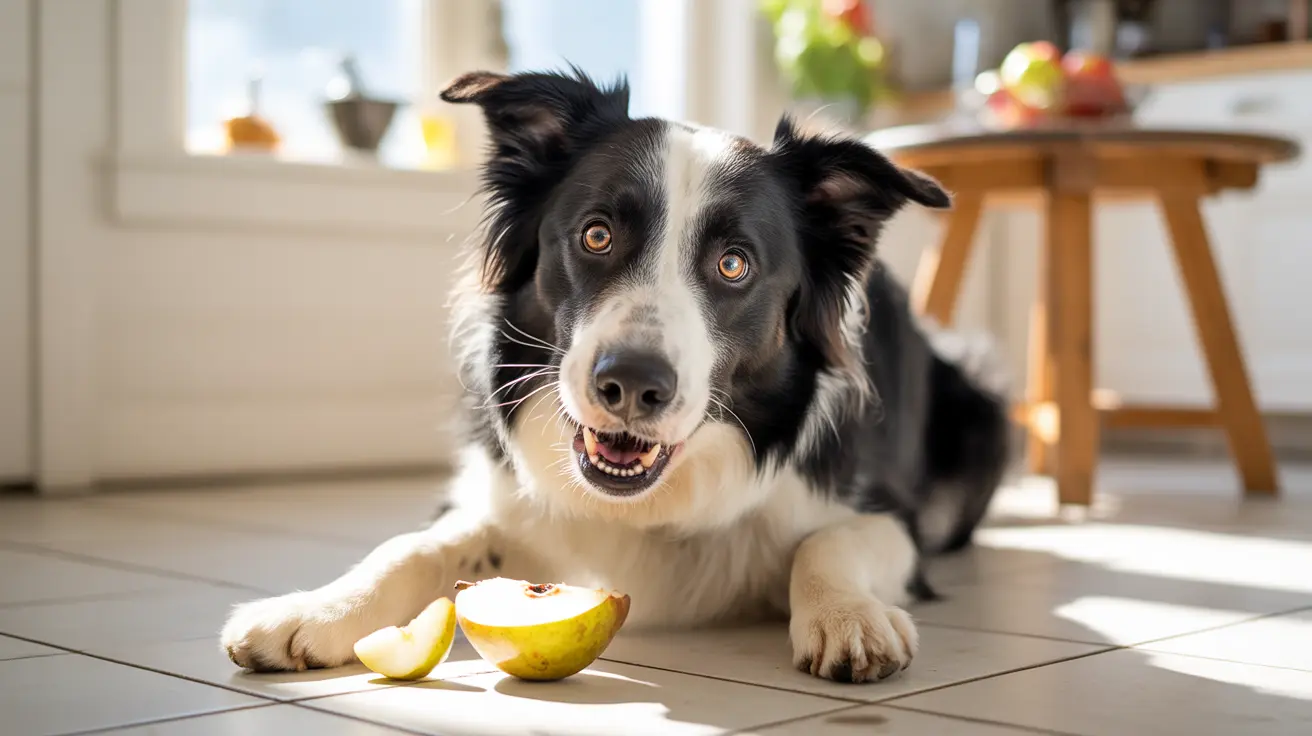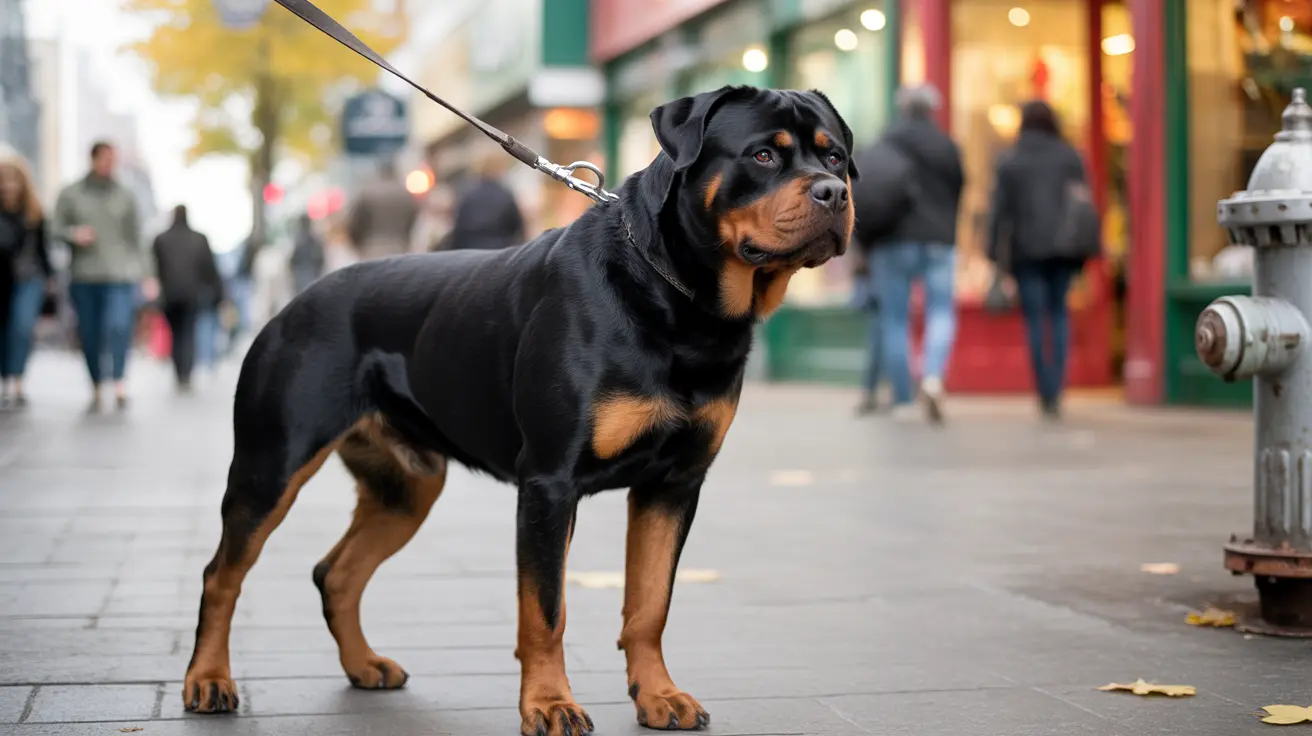How to Properly Pick Up a Dog: Safety and Comfort First
When Should You Pick Up Your Dog?
If you're a dog owner, there are times when you'll need to physically lift or carry your furry companion. Most of the time, letting your dog walk is best for their exercise and mental stimulation. Still, situations like helping them into a car, lifting them onto a vet table, moving an injured pet, or protecting them from danger (think: an oncoming larger dog) make picking up your dog necessary. For small dogs who get anxious or reactive in certain scenarios, being picked up can also help prevent incidents.
The Wrong Ways to Pick Up a Dog
- Never lift by front or back legs. Limbs can't support their body weight this way—doing so risks torn ligaments or dislocations.
- Avoid lifting by the scruff. While mother dogs do this briefly with young puppies, it's unsafe for older puppies or adults.
- No grabbing by collar or tail. Pulling on the collar can hurt their neck and restrict breathing; pulling the tail can damage nerves and muscles (even affect elimination).
Your dog might not yelp if they're uncomfortable but could show stress through yawning, lip licking, looking away, or struggling. Don't ignore these signals—they matter.
Lifting Small to Medium Dogs (Under 25–40 Pounds)
- Slide your dominant arm under your dog's chest between their front legs. Tuck their back end between your arm and body as you lift.
- Or: Place one arm behind their back legs and the other around their chest (in front of the back legs), then hold them against your chest while lifting.
- If you've got a tiny breed or a low-to-the-ground pup, teach a verbal 'lift-off' cue. Gently put hands on them, say the cue, apply slight pressure before lifting—so they know what's coming and aren't startled.
Lifting Large Dogs (Over About 40 Pounds)
- If possible, have two people: one supports under the chest; the other supports the abdomen and back end. Lift together—keep their back level (especially important for dogs with back issues).
- If they're injured: keep spine straight and level. You can use a towel or blanket as a "taco wrap" for extra support. For very large or immobile dogs, use it as a stretcher—one person at each end.
- Bend at your knees when lifting—use your legs instead of your back. It's safer for you and less scary for the dog than leaning over them.
Troubleshooting: Nervous or Injured Dogs
Pick up your dog when they're calm and relaxed if you can. For nervous or injured pups, you might need to use a towel or short leash to keep everyone safe—and sometimes even a muzzle if pain might cause biting. If they don't like being picked up at all, teach them a cue and pair it with positive experiences so it's less stressful next time.
Never pick up pregnant dogs by the belly; always support under chest and rear instead. And if they're too heavy for you alone—or seriously hurt—ask for help every time.
Alternatives & Safety Tips
- If your small dog dislikes being picked up—or if bending is tough for you—train them to jump onto something safe (like a bench) on cue as other dogs pass by.
- Picking up small dogs around large excited ones can attract unwanted attention—even chasing or biting attempts—so stay alert to surroundings.
- Use positive reinforcement so all dogs learn that handling and lifting are okay experiences—not scary surprises.
The Essentials Recap
For small dogs: slide one hand between front legs under chest; support rear with arm/body. For medium-sized: support under chest/back legs against your chest. For large dogs: two people lift together supporting chest/rear with level spine. Never lift by limbs, scruff, collar, or tail. Use cues so it's predictable—and always prioritize comfort and safety for both of you!





